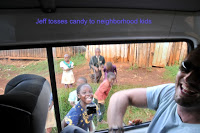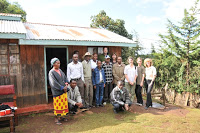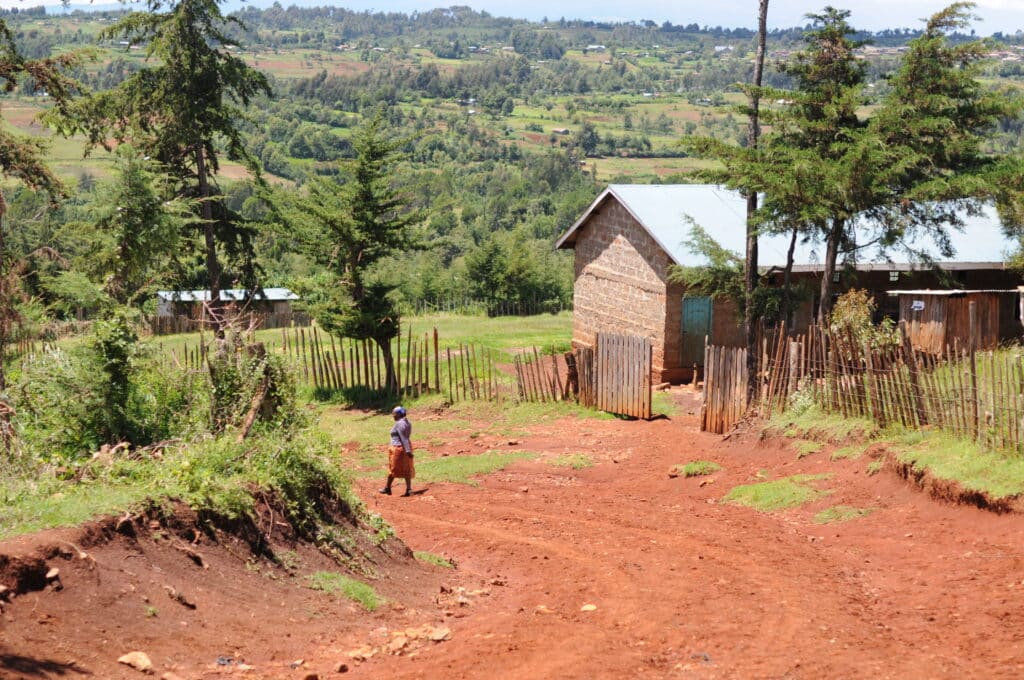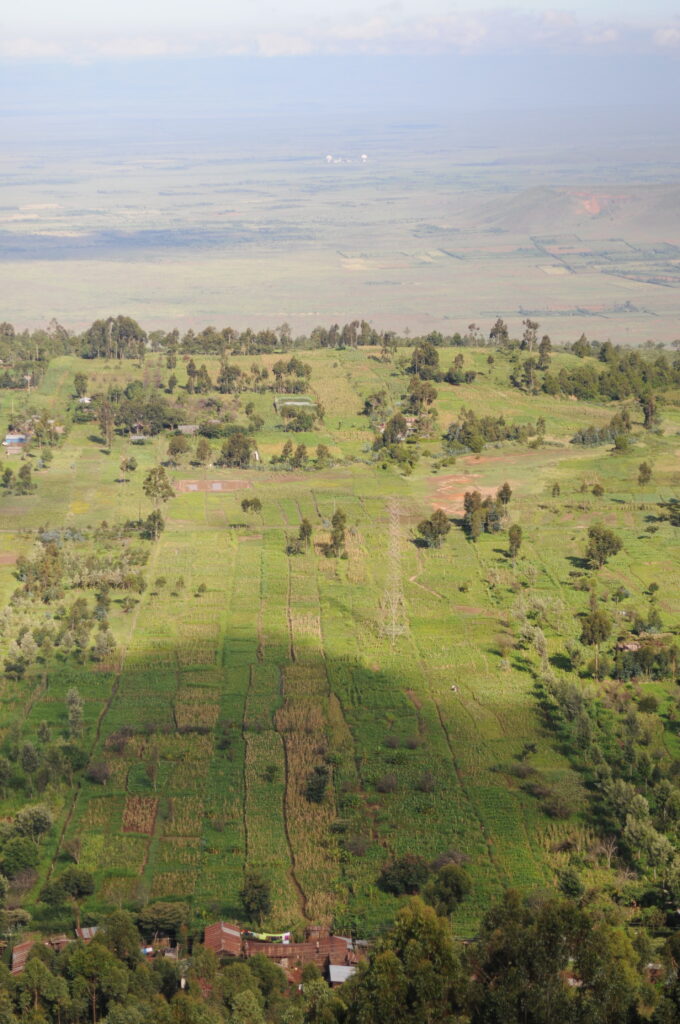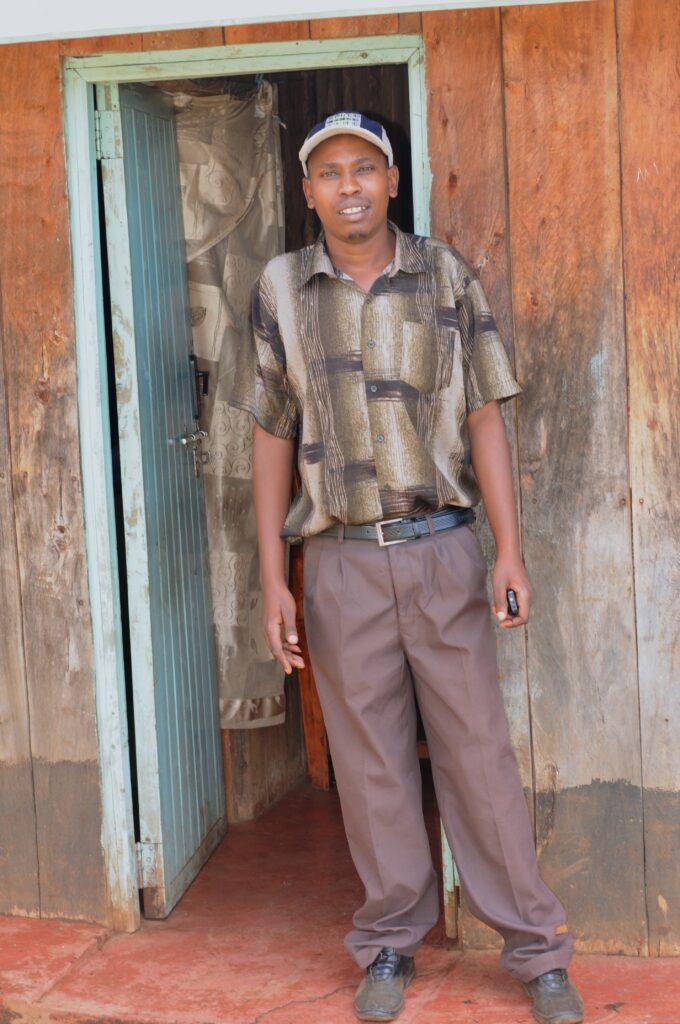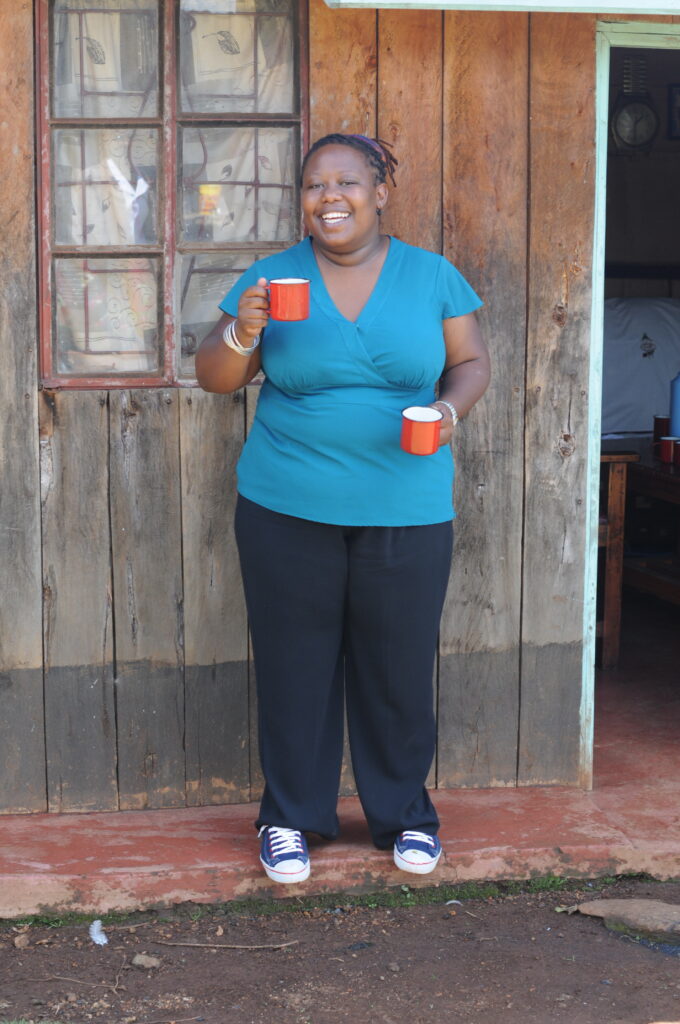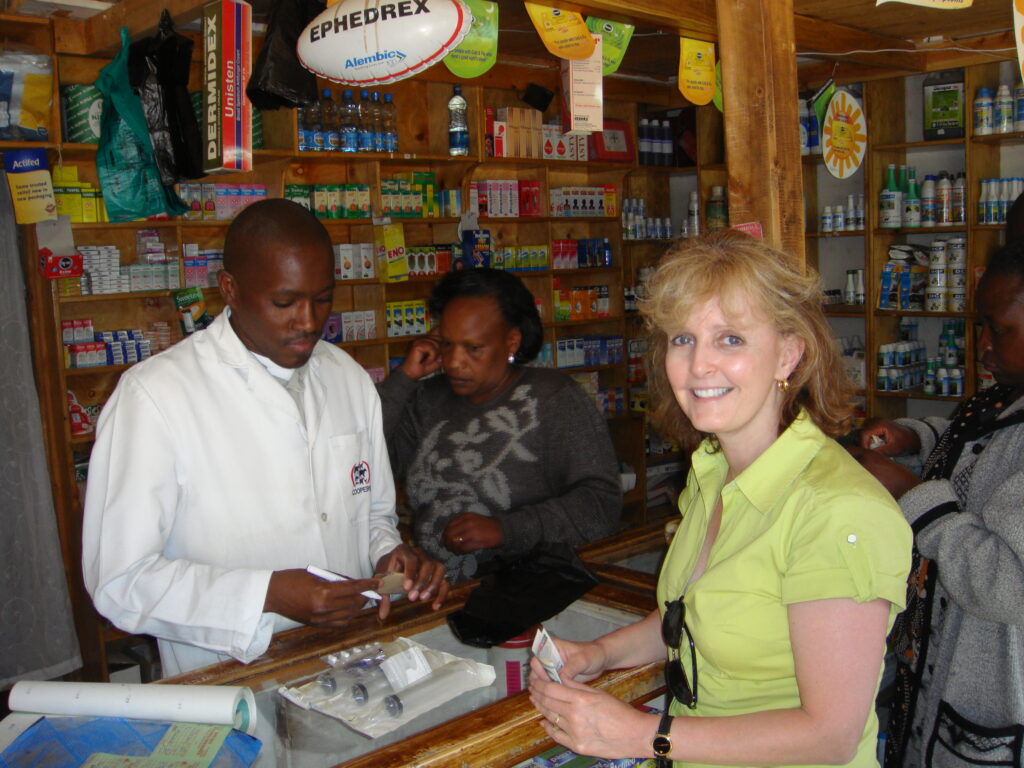Kenya Day 2: Return to Simon’s farm
Nobody walks with another man’s gait. —Kenyan proverb
Tuesday, August 2, was Day 2 of our African odyssey. We were up early to have breakfast in the outdoor dining area of the Southern Sun Hotel. It was very cool, and we ate poolside and had a wonderful breakfast of hot tea, eggs, rolls and fresh fruit. Julie, Kara, Jeff and I reviewed our plans for the day, which involved driving to Nyahururu, over four hours, to see Simon, a hemophilia patient. Despite some jet lag, everyone was excited to have this adventure.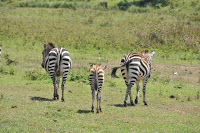
Maureen Miruka drove up around 8, along with a van, and several members of the Jose Memorial Hemophila Society—Paul Kamua, secretary at the society, Adam, and Isaac, all of whom have hemophilia. The biggest problem in Nairobi is traffic, which held us up for almost two hours. We finally broke free and hit the highway, unexpectedly spotting a lovely little herd of zebras alongside the road. The highway was deteriorating and very bumpy. We were jostled around for four and a half hours, until we finally came to Nyahururu. Along the way we passed lush countryside, and had a brief pause at the famed Rift Valley! Everyone admired the beautiful Masai blankets, did a little souvenir shopping and haggling before climbing back in. 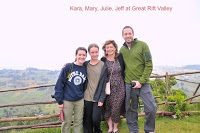
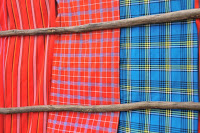
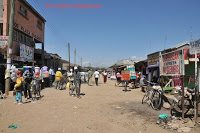
Once in Nyahururu, we sought out Simon’s home. I had been here just last year to see Simon, and was really struck with how isolated he was. We climbed the rich red soil road, twisting and turning around every bend, rocks churning under our tires, until we reached his farm on top of a hill.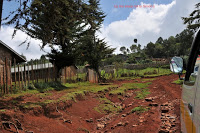
His farm gives a spectacular view of Kenya, and the sun was shining brilliantly. We piled out, and stumbled our way up the path through his farm. Scampering about were three yellow dogs: a mother and her two pups. One of the pups I easily recognized from last year. Now grown, he remained as friendly as he was last year, though his brother was completely untrusting. Chickens clucked about, and the family gathered around to welcome us. 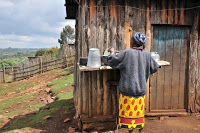
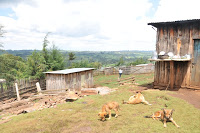
Simon has a cell phone and texts me now and then, but aside from a cell phone, there wasn’t a single luxury. No electricity, no plumbing. We all used the outhouse, which was actually the cleanest outhouse I have ever used, and I have used many. There is something to be said for simple, optioned-style rural living. I imagine the stars are spectacular from his farm. Still, there is no doubt: Simon lives in total rural poverty. 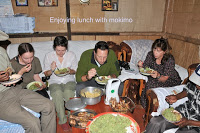
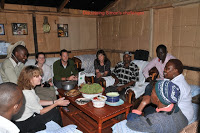
As we sat down to a homemade lunch of fresh-killed chicken and nutritious mokina, a national dish made of pumpkin leaves, we all asked Simon questions about his knees, health and treatment of hemophilia. His knee remains completely unstable from the deterioration of the joint. Simon is one of the few in Kenya who knows how and is allowed to self-infuse. This is great, because it means he can infuse immediately when he has a bleed, which will spare him much pain and crippling.
As we ate, I looked about his interior: sheet metal roofing (very noisy when it rains), and two-by-fours covered with—get this—stapled cardboard. Very crude, very poor. Yet we ate delicious, fresh food that could have been served in any restaurant!
After lunch came a mug of steaming hot tea. Then a trip up the hill to the outdoor “mountain spring water” which pipes down to an outdoor pump. We can imagine that this is what our American ancestors had to deal with two hundred years ago!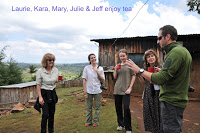
Simon has been asking for a micro-loan so he can start a business, and our Kilimanjaro mountain climb can definitely help him accomplish this. I am really hoping to write within the year to let you all (or “y’all,” as Jeff likes to say) know that Simon got his micro loan and his business is underway. I’m counting on it, and it’s part of what motivates me to climb!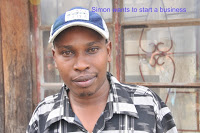
After a lovely afternoon with Simon, his brothers Richard and John, we gathered ourselves together and hit the road. Another 4.5 hours back to Nairobi and we were exhausted. Whenever we thought we were tired or sore, we all thought of Simon, what it must feel like to travel all this way to Nairobi for treatment, when you are also enduring a horrible bleed. It seems inconceivable, and made us silence any complaints. Simon, limping, in pain, still wants to start a business and do something with his life. For a brief time, Simon allowed us that rare opportunity to walk in another man’s shoes. Now we know what he needs—a micro loan—and now we can pool resources to make this happen.